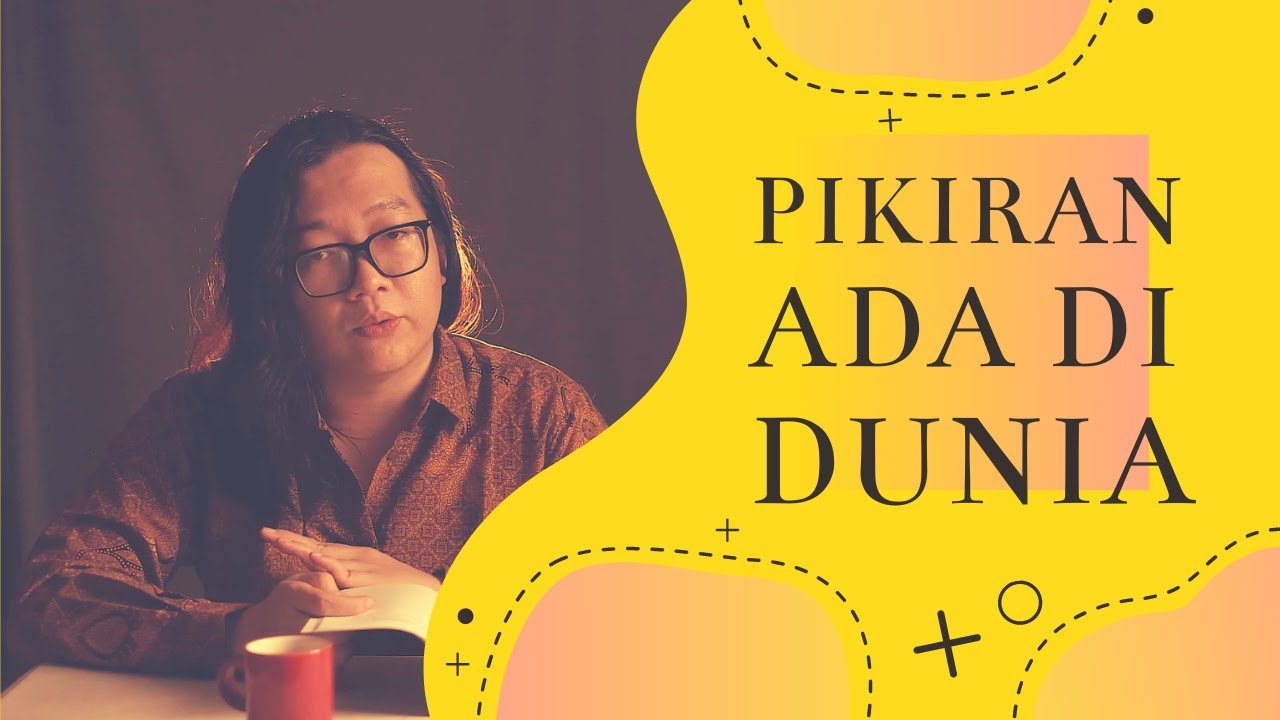A Universal Theory of Brain Function
Summary
TLDRThis video explores the fascinating concept of the free energy principle, which suggests that our brains are constantly predicting and testing hypotheses about the world around us. By using prior knowledge and sensory data, the brain minimizes uncertainty or 'free energy,' helping us navigate complex and noisy environments. The video delves into how the brain processes sensory input, the evolution of this prediction-based mechanism, and how it sometimes overrides reality, as seen in optical illusions like the concave-convex mask. It offers an insightful look at how the brain's predictions shape our perceptions of the world.
Takeaways
- 😀 Our brains are constantly generating predictions about the world and checking if sensory input matches those predictions.
- 😀 The concept of 'free energy' refers to the brain's goal of minimizing the difference between its predictions and sensory input.
- 😀 Brains are not passive receivers of sensory data, but active prediction machines constantly adjusting to new information.
- 😀 The free energy principle helps explain why our brains sometimes misinterpret sensory data, as seen in illusions like the mask that appears convex even when it's concave.
- 😀 Evolution has shaped the brain to adapt to complex, noisy, and ambiguous environments by constructing mental models of the world.
- 😀 Our brain combines sensory input with prior knowledge to interpret the environment, increasing survival chances by minimizing uncertainty.
- 😀 The brain uses a balance of recognition and generative models to explain sensory data, adjusting predictions to reduce 'free energy'.
- 😀 The brain's prior beliefs, developed through experience, help it quickly and efficiently interpret ambiguous situations (like identifying a tiger).
- 😀 Sensory data is processed through latent neurons that represent abstract causes, which are then used to reconstruct the outside world.
- 😀 The brain's recognition and generative models work together in a continuous feedback loop to reduce uncertainty and generate the best explanation of sensory input.
Q & A
What does the mask illusion demonstrate about our brain's perception?
-The mask illusion demonstrates that our brains often prioritize predictions over sensory data, leading us to perceive a concave mask as convex, even when we know it's not. This highlights how the brain's expectations influence what we see.
How does the free energy principle explain brain function?
-The free energy principle suggests that the brain is constantly making predictions about the world and uses sensory input to confirm or adjust those predictions. The brain works to minimize the difference (free energy) between its predictions and actual sensory data.
What is the evolutionary purpose of the brain's predictive abilities?
-The brain evolved its predictive abilities to help organisms react appropriately to complex, noisy, and ambiguous environments. By building models to predict sensory inputs, the brain increases the chances of survival and reproduction.
How does the brain handle ambiguous sensory information?
-When faced with ambiguous sensory data, the brain generates multiple possible explanations and uses prior knowledge to choose the most plausible one, minimizing free energy. For example, seeing a half-tiger pattern might lead the brain to infer that it is a full tiger hidden by a tree.
What role do latent neurons play in brain function?
-Latent neurons represent hidden causes or abstract features of sensory data at different levels of abstraction. They help compress complex sensory information into manageable forms by encoding meaningful features that help the brain interpret the world.
What is the difference between priors and sensory data in brain processing?
-Priors are the brain's prior beliefs or knowledge about the world, shaped by evolution and experience. Sensory data, on the other hand, are the raw inputs from the environment. The brain uses priors to interpret sensory data, with the goal of minimizing free energy.
How does the brain balance sensory data and prior beliefs?
-The brain constantly balances sensory data and prior beliefs by adjusting its internal models to find an explanation that minimizes free energy. This process helps resolve conflicts between what the senses perceive and what the brain expects.
Why does the brain resist seeing the mask as concave despite knowing otherwise?
-The brain resists seeing the mask as concave because it strongly believes that faces are typically convex. This belief is so deeply ingrained that the brain prefers an explanation based on unusual lighting rather than accepting an inwardly protruding face, minimizing free energy in the process.
How do recognition and generative models work together in the brain?
-Recognition models suggest possible explanations for sensory input, while generative models simulate how those explanations would manifest in sensory data. These models work together to refine the brain's understanding of the world, adjusting and testing hypotheses until they align with observed data.
What challenges do brains face in inferring the causes of sensory input?
-Inferring the causes of sensory input is computationally challenging because the brain must consider a vast number of possible causes. However, the brain solves this problem efficiently by using recognition models to make initial guesses and generative models to test and refine those guesses quickly.
Outlines

Esta sección está disponible solo para usuarios con suscripción. Por favor, mejora tu plan para acceder a esta parte.
Mejorar ahoraMindmap

Esta sección está disponible solo para usuarios con suscripción. Por favor, mejora tu plan para acceder a esta parte.
Mejorar ahoraKeywords

Esta sección está disponible solo para usuarios con suscripción. Por favor, mejora tu plan para acceder a esta parte.
Mejorar ahoraHighlights

Esta sección está disponible solo para usuarios con suscripción. Por favor, mejora tu plan para acceder a esta parte.
Mejorar ahoraTranscripts

Esta sección está disponible solo para usuarios con suscripción. Por favor, mejora tu plan para acceder a esta parte.
Mejorar ahoraVer Más Videos Relacionados
5.0 / 5 (0 votes)






